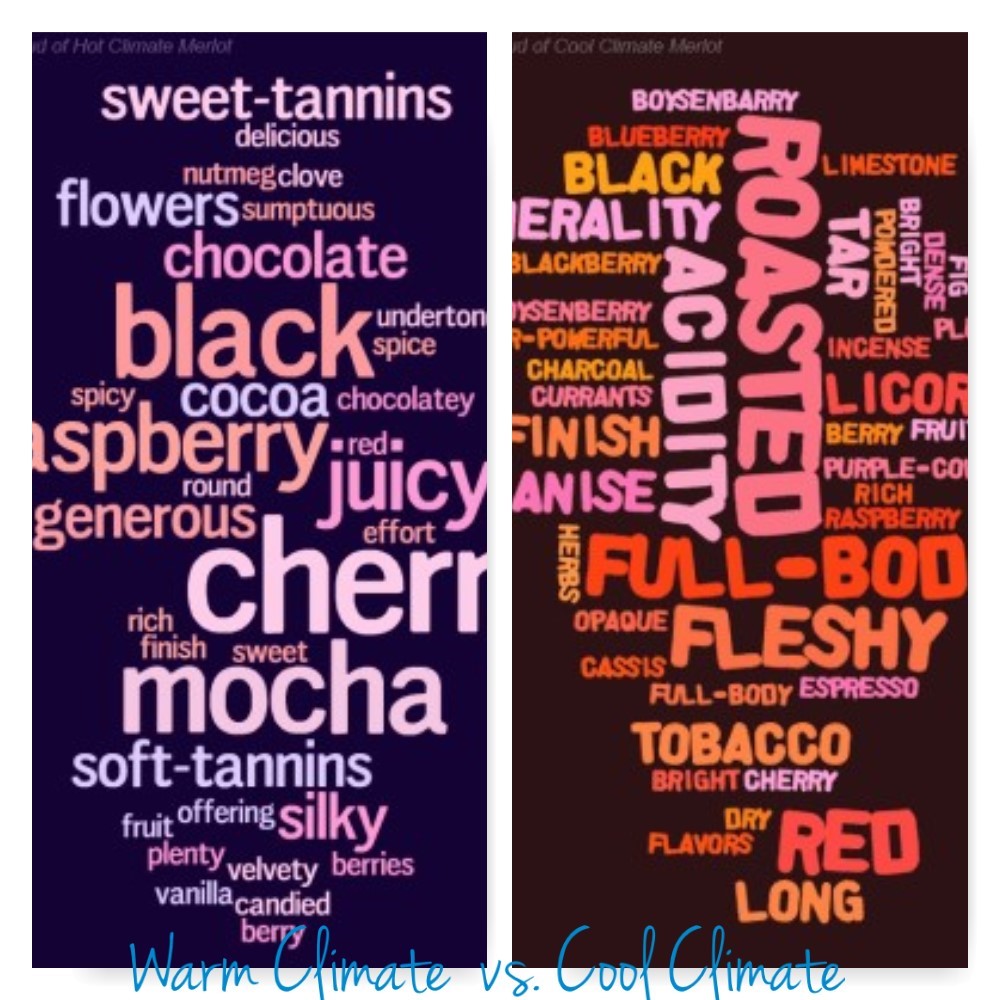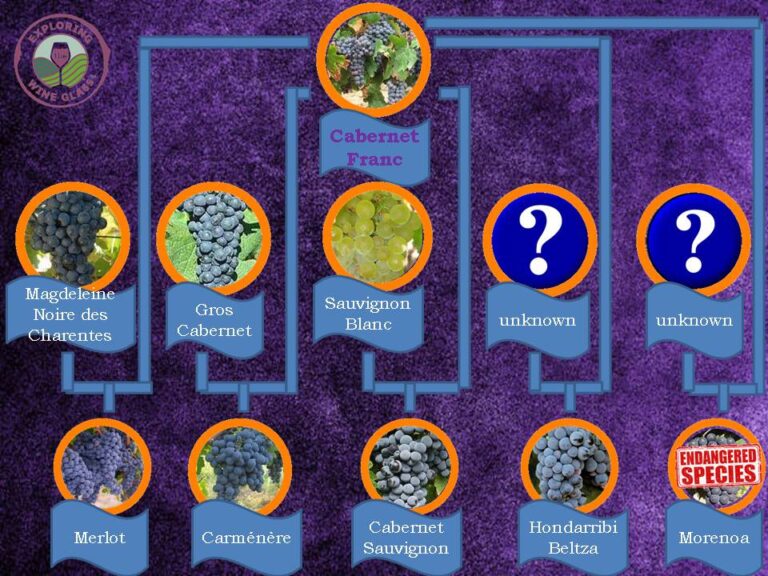“No, if anyone orders Merlot, I’m leaving. I am NOT drinking any fu$%ing Merlot!”
There you have it! Fourteen words that killed a great wine varietal. It is amazing how a movie [one I don’t think was that great anyway] can have such an impact. What is even more amazing to me, is that people who have taken this quote and decided to hate the grape don’t even understand why Miles Raymond said it in the first place. Let me clarify it for those who fall into that camp. He is angry with his ex-wife and she loves Merlot. There, that’s why he said it!
He hates his wife, not the grape!
Now, Maya, she knows what wine is all about. She understands what it takes to get that glorious liquid into the glass.
How it’s a living thing. I like to think about what was going on the year the grapes were growing; how the sun was shining; if it rained. I like to think about all the people who tended and picked the grapes. And if it’s an old wine, how many of them must be dead by now. I like how wine continues to evolve, like if I opened a bottle of wine today it would taste different than if I’d opened it on any other day, because a bottle of wine is actually alive. And it’s constantly evolving and gaining complexity. That is, until it peaks, like your ’61. And then it begins its steady, inevitable decline.
Isn’t that just beautiful? Now why couldn’t people remember that quote instead of Miles’? I personally think Miles needs to make an appearance on a talk show and explain why he said what he said and apologize for his negative influence. Although, I really question our American society that one line from one movie made such an impact on an entire industry.
While we were in Paso Robles two weeks ago for harvest, our vineyard owner was explaining to us that he is planning to rip out his Merlot and plant it with more Cabernet. In his words, ” You can’t give the grape away.” And that is just so sad, because Merlot is a beautifully, wonderful grape and deserves so much more appreciation.

Merlot has been around for a very long time. Wine historians around the world, the first mention of Merlot came in 1784 from a Bordeaux official. It was often called “little blackbird” or “young blackbird” in the Bordeaux region. There is some controversy as to how these names came about, but the two leading theories are that the names refer to the dark skin of the grape or the fact that blackbirds have a passion for eating the Merlot grapes off the vine.
Today, Merlot is one of the more popular wines around the world, but initially it was considered only as a blending grape. But its popularity grew, and the plantings spread outside of Bordeaux to the Medoc region where it currently holds about 40% of the plantings. Additionally, it can be found in northern Italy and Eastern Europe and the New World regions. While used for blending, it provides a soft, luscious, velvety fruity characteristic with middle palate and is often added to soften the harsher varietals.
In 2009, researchers from UC Davis used analysis of DNA to determine the parents of Merlot. The researchers determined that the Merlot grape originated from a cross between Cabernet Franc and Magdeleine Noire des Charentes.

The grape itself is an early ripening variety however, it is extremely vulnerable to Spring frosts and during flowering, it is extremely susceptible to the weather conditions. The vine is very tolerant of poor soil conditions including lower nutrients, cooler temperatures and too much moisture. In fact, colder climates are known to produce fantastic Merlots with additional fruit flavors not found in the warmer climates. The berries are considered thin-skinned and large developing less clusters. Merlot grapes tend to be less hardy than other varieties, which results in greater risk of infection by molds, mildews, or rots.
Directly from Wine Folly, warm climate Merlot wine is more fruit-forward and tannin is less prevalent. Some producers use judicious oak-treatment of up to 24 months to give their Merlot wine more structure. Paso Robles and Napa California, Australia and Argentina are examples of hot climate Merlots. While cool climate Merlot is more structured with a higher presence of tannins and earthy flavors like tobacco and tar. Some cool climate Merlot are mistaken as Cabernet Sauvignon. France, Italy, Chile provide a classic example of cool climate Merlot wine is Right Bank Bordeaux, such as St. Emilion, Pomerol and the earthy Fronsac.

Hopefully my little rant here hasn’t turned you off and has enlightened you on the wonders of this grape varietal. So why don’t you go out and purchase a Merlot from one of the participating wineries and support #MerlotMe? You may find you fall in love with it. Merlot pairs with so many foods. Some of my suggestions would be pizza and other toasted cheese dishes such as panini and quesadillas, grilled chicken, Mediterranean grilled veggies, cheeseburgers, jambalaya, bean dishes with smoked ham or chorizo and the list could go on and on. Pick a merlot and pick and dish and leave a comment on your thoughts of the pairing. And while you’re at it, keep an eye out for another post from me when my friends at #WinePW get together on October 10th to participate in #MerlotMe.
~Sláinte!


Isn’t it amazing how little attention people actually pay to the details! Happy to be celebrating Merlot!
It really is. And I am more than happy to celebrate Merlot.
That’s one of my favorite descriptions from a movie above by Maya. It’s so beautiful! It is amazing how people are turned away from merlot and although it’s not one of my favorites there are some that I enjoy and it shouldn’t be shunned as much as it is.
I agree, Maya knows how to express the beauty of wine. I’m guessing people don’t remember that because it has no expletives and is much longer. Merlot is not my favorite, but I really do enjoy it and request it frequently. Hopefully time will heal the wounds of the movie. Thanks for reading and taking the time to comment.
It is quite interesting the Merlot got such a bad name. It was however, one the “wine of it’s time” that had been planted in places that it should not have been because you could sell it. I own a small vineyard in the Sonoma Valley, 4 acres of Merlot. I bought it in 2007, just when the bottom of the economy and Merlot fell out. I have been counseled to remove it, but I will not chase the next “Thing”. It mostly sells as a blending wine for Cab (which sells for $3000 to $5000 a ton). When blend such a wine with $1600 to $2000 a ton Merlot grapes, it makes good sense for your bottom line.
Good for you! I’m glad you are holding your ground.(and monetarily, it sure does) You are spot on with the “wine of its time” comment. So many wines, well, I guess like everything else, find their spotlight, and everyone jumps on the bandwagon then when it fades away many people are left wondering what happened. I just don’t understand the “bashing.” If you don’t like it- for whatever reason- that is fine, but choose for yourself, not because a movie says so. Thanks for reading and taking the time to comment. Happy #MerlotMe month to you!